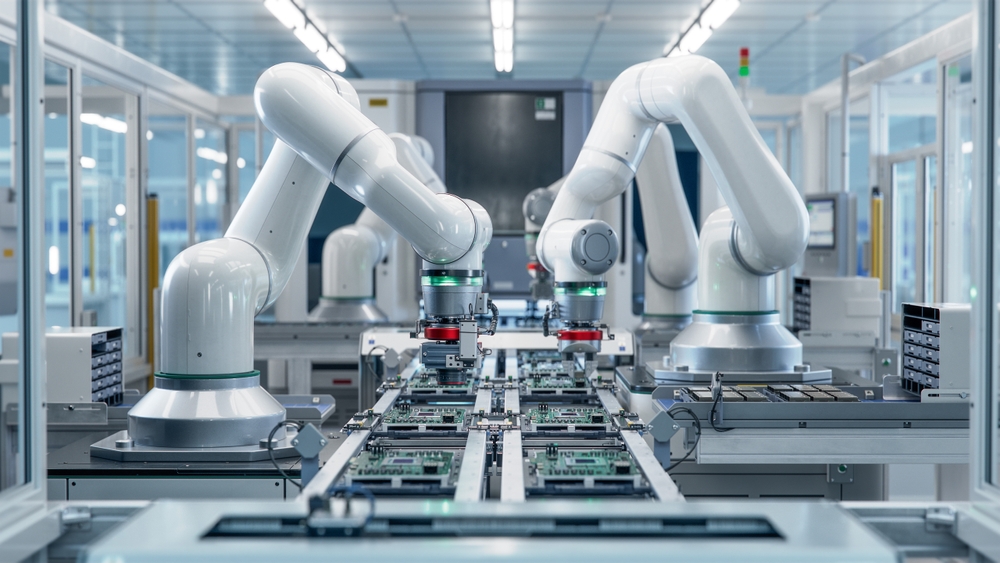In 2025, the semiconductor industry remains strongly influenced by AI, which continues to stimulate growth and elevate chip manufacturing demand. However, the potential return of Donald Trump to the US presidency introduces uncertainty into the market. His previous policies have shown the potential to contribute to inflation and economic cooling, which could exacerbate the expected downturn in the semiconductor market cycle, as warned by DIGITIMES Research.
According to World Semiconductor Trade Statistics (WSTS), the global semiconductor market experienced 19% year-on-year growth in 2024 and is projected to grow by 11.2% in 2025. The AI-related logic and memory sectors are anticipated to achieve double-digit percentage growth, while other semiconductor segments are forecast to see more modest, single-digit growth rates.

Key Drivers of Semiconductor Growth
AI servers are set to maintain double-digit growth, while segments like smartphones and laptops are expected to achieve single-digit growth. The advent of generative AI is reshaping the tech sector, further strengthening the momentum of the semiconductor industry. Companies such as TSMC and NVIDIA, leaders in AI accelerator manufacturing, are well-positioned to capitalize on this trend.
The cyclical nature of the semiconductor industry remains evident in 2025. Previously, a 25-month growth cycle from mid-2019 to mid-2021 was driven by heightened demand for consumer electronics during the COVID-19 pandemic and inventory replenishment efforts.
The recovery phase that began in Q2 2023 has been marked by consistent year-on-year growth in global semiconductor sales. This growth is attributed to surging demand for AI computing—especially fueled by generative AI—and increased requirements for memory chips and consumer electronics such as smartphones and PCs.
Geopolitical Dynamics and Localization
Demand for AI servers continues to rise, with AI training and inference chip segments in the cloud growing rapidly. Simultaneously, AI workloads are transitioning to edge computing, spurring demand for consumer electronics, including smartphones and PCs.
TSMC is a major beneficiary of this AI-driven demand surge, alongside NVIDIA, AMD, Qualcomm, and MediaTek, which are expected to see robust growth in AI training accelerators and mobile SoC products throughout 2025.
However, geopolitical tensions between the US and China present significant risks. US sanctions have intensified China’s drive toward self-sufficiency in semiconductor production. Over the past few years, global brands have expanded lithography capacities within China, reaching unprecedented levels.
DIGITIMES Research highlights the ongoing trend of import substitution in China. Chinese electronics manufacturers increasingly adopt domestically produced components, aiming to mitigate the impact of potential trade conflicts. European companies such as STMicroelectronics, NXP, and Infineon are also expressing growing interest in wafer manufacturing in Chinese facilities, which benefits local market leaders like SMIC and Shanghai Huahong Group.
This trend points to deeper localization of semiconductor production in China throughout 2025, adds NIX Solutions.
While the semiconductor industry faces cyclical and geopolitical challenges, AI’s role as a growth driver remains steadfast. We’ll keep you updated on how these dynamics evolve and their impacts on global markets. Despite uncertainties, the sector’s resilience and innovation are likely to continue shaping its trajectory in 2025 and beyond.
